The Common Wasp
The Common Wasp - Vespula vulgaris
The most common British wasp
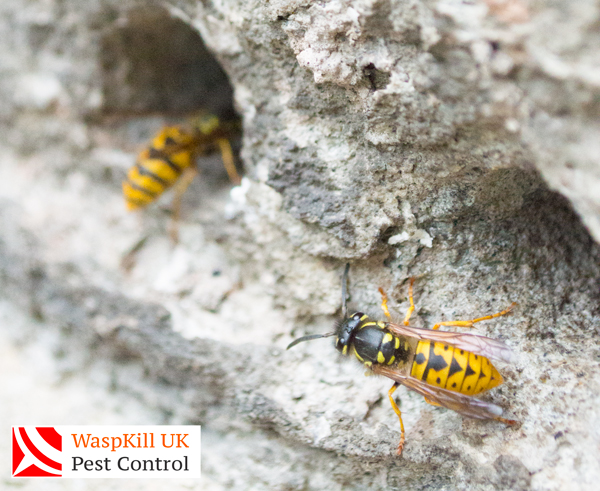
The Common Wasp - FAQ's
Key Features:
Length: 15 - 20mm long
Body: Black and yellow No black spots on its back
Face: Has an anchor shape on its face
Nest: Likes to nest in hollows in trees or in the ground etc with 3000 - 50000+ individuals
The Common Wasp is, as you would expect, by far the most commonly encountered British wasp. The Common Wasp is found in Bristol and throughout the northern hemisphere, and has been introduced to countries in the southern hemisphere such as Australia and New Zealand.
These Common wasps can be seen excavating a nest in a garden wall
The Common Wasp likes to nest in hollows such as those in trees, walls, buildings or in the terrain itself, including those created by rodents and other similar mammals.
Many homes now have bike sheds and other smaller storage units in the garden that also prove particularly good locations for the Common Wasp to nest. The danger here is that in late spring when people go into the garden for the first time, they open the shed not realising that a nest has been built across the door frame, and split the nest in half and get swarmed.
Nests in Cavities may be enlarged over many months to accommodate the growing nest. Another common nest site for this wasp include loft spaces, under floor spaces via air bricks and another very dangerous location is compost bins.
At maturity the nest will hold anything from 5000 - 50000+ individuals as the Common wasp produces some of the very largest and thus most dangerous nests of any native paper wasp.
Compare Wasps & Bees?
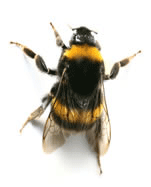
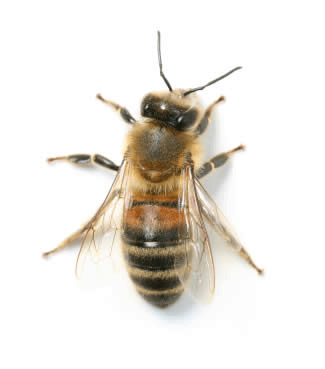
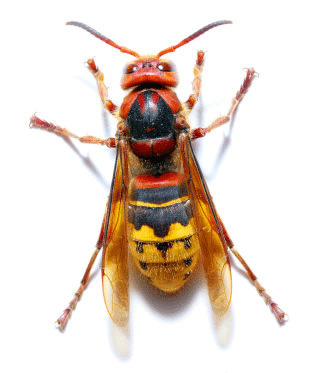
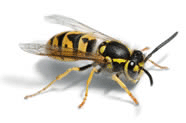
First is the Bumble Bee then Honey Bee and then a Hornet and then a more common Wasp. It is clear to see the differences between them. If you have bees "CLICK HERE
View our latest Pest Control Videos
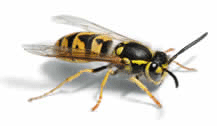
View our Bristol Wasp Nest Removal Page
WaspKill UK - The Very Best Pest Extermination Advice and Solutions:
Bristol Wasp Control with WaspKill UK. Getting rid of Wasps and other insects like Ants, Bees and Fleas is not as simple as many pesticide manufacturers will lead you to believe. The chemicals or poisons on offer in supermarkets and shops often have a fraction of the effect that is achieved through professional products and this means you are likely to get through many cans of treatment without actually achieving full control. As the only Bristol Pest Control exterminator offering a dedicated wasp control service, we are able to deliver a variety of Pest Control Solutions that are guaranteed to work.
Environmental health services, are all about understanding the pests you are trying to eliminate or prevent so you can make the environment less conducive to them. Wasps for example creates a wasp nest early in the year so if you wanted to exterminate wasps in The Bristol Area you would probably guess that checking for a new wasp nest in your loft in April and May would allow you to remove a wasp nest safely before it became too large. By understanding your pest, you are able to plan treatments in advance, before infestation occurs and the cost of elimination becomes high.
WaspKill UK are always here to help - so why not give us a call or visit our Bristol Pest Control Blog.
